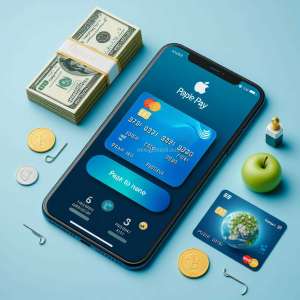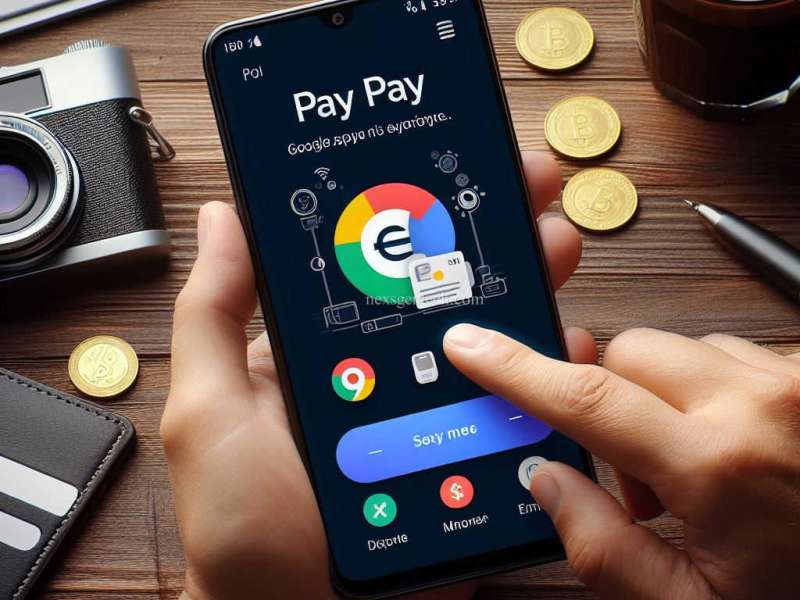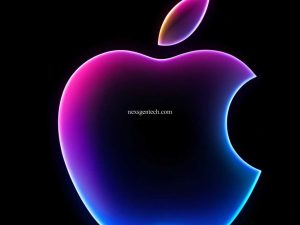In the digital age, the clink of coins and crinkle of cash has been conceding ground to the quiet tap and beep of mobile payment systems. Apple Pay and Google Pay have woven themselves into the fabric of our daily transactions, making physical wallets seem anachronistic. But while the convenience for users is clear, the methods by which these tech giants turn the taps and beeps into profits are often opaque. In this exploration, we will dissect the complex revenue models behind two of the biggest players in mobile payments.
The Tap Revolution: A Brief Introduction
Mobile payment systems have revolutionized how we engage in financial transactions, streamlining the process with a touch, swipe, or click. Apple Pay and Google Pay epitomize simplicity by allowing users to store their credit, debit, and loyalty cards on their smartphones, making secure, contactless payments a reality. These platforms boast strong security measures, tokenization, and biometric authentication, reducing fraud and enhancing consumer confidence.
The Core Benefits of Cashless Convenience
The primary allure is undoubtedly the convenience. Gone are the days of queuing at ATMs, fumbling for change, or worrying about the security of transaction metadata. For businesses, this is a boon too, facilitating faster and more secure ways for consumers to part with their money. The integration of loyalty and rewards into these platforms also creates a seamless user experience, boosting customer retention and engagement.
The Path to Profit: How Apple Pay and Google Pay Monetize
For tech companies, convenience does not equate to charity. Both Apple Pay and Google Pay have devised sophisticated revenue models that capitalize on the vast volumes of transactions coursing through their systems.

Transaction Fees: Every Tap Has a Cost
Every time a user taps to pay, a small but significant portion of the transaction flows back to Apple or Google. Merchant fees, typically a percentage of each sale, are a significant source of revenue. Financial institutions that issue the cards used in these transactions also pay a fee, albeit smaller, to be part of the digital wallet ecosystem.
Partnering for Progress: Co-Branded Cards and Promotions
Strategic partnerships with banks and card networks are a lucrative avenue. Co-branded Apple or Google cards, often with higher interchange fees, and promotional deals with financial partners contribute to the bottom line. These co-branding efforts not only pull in fees but also solidify relationships with key players in the finance industry.
Data, the New Gold: Analyzing Consumer Behavior
Every payment is a data point, and both Apple and Google are adept at mining these for insights. The information on consumer purchasing behavior, location, and preferences can be leveraged for targeted advertising or sold to third parties. While both companies tout the privacy of user data, it is no secret that data can be as valuable as currency.
Device and Service Integration: Encouraging Purchases
Both Apple and Google have extensive ecosystems beyond their payment platforms. By integrating Apple Pay or Google Pay as a default option in their operating systems and applications, they steer users towards services which generate additional revenue, like app sales, music subscriptions, and more.
Assessing the Market Share and Competitive Landscape
The duopoly is strong, but not absolute. Other players, such as Samsung Pay and various regional initiatives, carve out their niches. Apple, with its tight control over the iOS ecosystem and the quality of its user base, enjoys a competitive edge. Meanwhile, Google’s reach is broader, leveraging the ubiquity of Android devices. Each continually innovates to capture and retain market share.
Forecasting the Future: Technology and Global Events
The mobile payment industry is not static. Advances in technology, such as wearable payments or biometric identification, promise to further streamline the process. The global pandemic has accelerated the shift to contactless payments, providing tailwinds for further adoption. It’s clear; the industry’s growth trajectory remains robust.
Conclusion
The rise of mobile payments with Apple Pay and Google Pay has ushered in a new era of convenience and sophistication in financial transactions. While the user experience remains focused on ease and security, the undertow of revenue generation for these tech giants is intricate and multi-faceted.
If you’re a consumer, understanding the economic framework behind these payment systems can make you more vigilant about how your data is being utilized. If you’re a business, the insights gleaned from this deep-dive may encourage you to explore further partnership opportunities or to consider how your company can leverage the data insights born from these transactions.
In an increasingly cashless society, the economic ripple effects of the tap-and-go economy extend far beyond the mere act of payment. The data, consumers, businesses, and the tech world at large are all intricately involved, underscoring the need for continual dialogue and understanding.
It’s important for all of us to keep pace with this evolution, not only to comprehend the implications for privacy and business, but also to participate actively in shaping this burgeoning landscape. After all, this is not just a story of how Apple Pay and Google Pay make money – it’s a tale of modern commerce, technology, and our roles within it.





